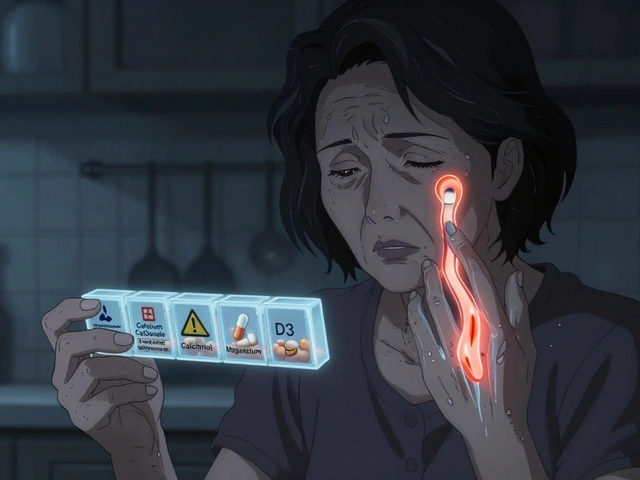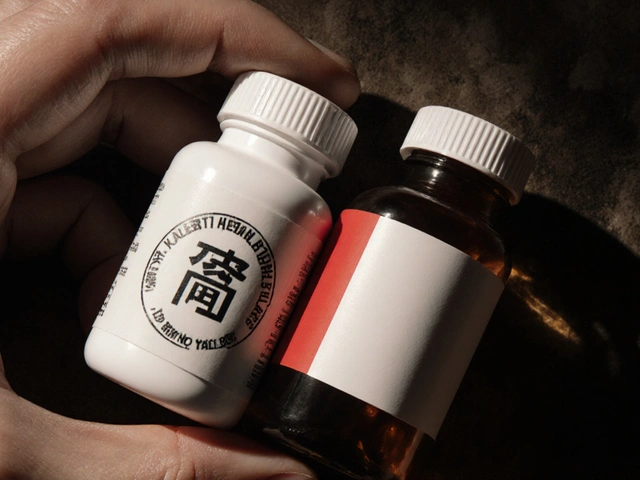Pharmaceutical Waste: How Improper Disposal Harms Health and Environment
When you toss old pills in the trash or flush them down the toilet, you’re contributing to pharmaceutical waste, unused or expired medications that enter ecosystems through improper disposal. Also known as drug waste, this isn’t just a household issue—it’s a global problem that shows up in rivers, drinking water, and even fish. The U.S. Environmental Protection Agency estimates that over 200 million pounds of pharmaceuticals are discarded annually in the U.S. alone, and most of it never makes it to proper disposal sites.
What’s really worrying is how this waste moves through the environment. Environmental contamination, the presence of harmful drug residues in soil and water has been found in over 70% of U.S. waterways. Studies from the U.S. Geological Survey detected antidepressants, antibiotics, and hormones in streams near wastewater plants. These aren’t traces—they’re active compounds that affect aquatic life, altering fish reproduction and behavior. And while the direct risk to humans is still being studied, long-term exposure to low-dose pharmaceuticals in drinking water is a growing concern among public health experts.
Medication safety, the responsible handling and disposal of drugs to protect people and the planet starts at home. Many people don’t realize that flushing antibiotics or painkillers isn’t just unsafe—it’s illegal in many places. The same goes for dumping them in landfills, where chemicals can leach into groundwater. Proper disposal means using take-back programs, DEA-authorized collection sites, or FDA-approved drug deactivation pouches. Even simple steps like removing pills from original packaging and mixing them with coffee grounds or cat litter before trash disposal reduce the chance of misuse or environmental harm.
Healthcare facilities and pharmacies generate massive amounts of hazardous waste, pharmaceuticals classified as dangerous due to toxicity, flammability, or reactivity. Hospitals alone produce thousands of tons of this waste each year. Regulations like the Resource Conservation and Recovery Act (RCRA) in the U.S. require special handling for certain drugs—like chemotherapy agents or fentanyl patches—but compliance is inconsistent. Without better systems, these drugs end up in the same waste stream as office paper or plastic bottles.
What you’ll find in the articles below isn’t theory—it’s real-world guidance. You’ll learn how to safely dispose of opioids like morphine, why statin packaging matters more than you think, how to handle inhalers without polluting, and what to do with leftover cancer drugs. These aren’t just tips—they’re actions that protect your community, your water, and your future. This isn’t about being perfect. It’s about doing better than flushing it away.
Cefprozil Storage & Disposal Guide: Keep Antibiotics Safe
Learn the right way to store Cefprozil, spot signs of degradation, and safely dispose of leftovers to protect health and the environment.
About
Medications
Latest Posts


Hypoparathyroidism: How to Manage Low Calcium and Vitamin D Effectively
By Orion Kingsworth Dec 5, 2025

Top Alternative Medications to Inderal for 2025: An In-Depth Guide
By Orion Kingsworth Jan 4, 2025

Buy Cheap Generic Crestor Online - 2025 Guide to Safe Savings
By Orion Kingsworth Oct 8, 2025

